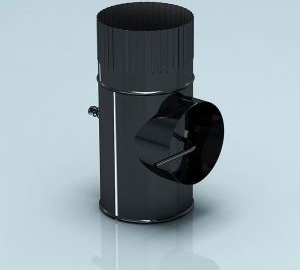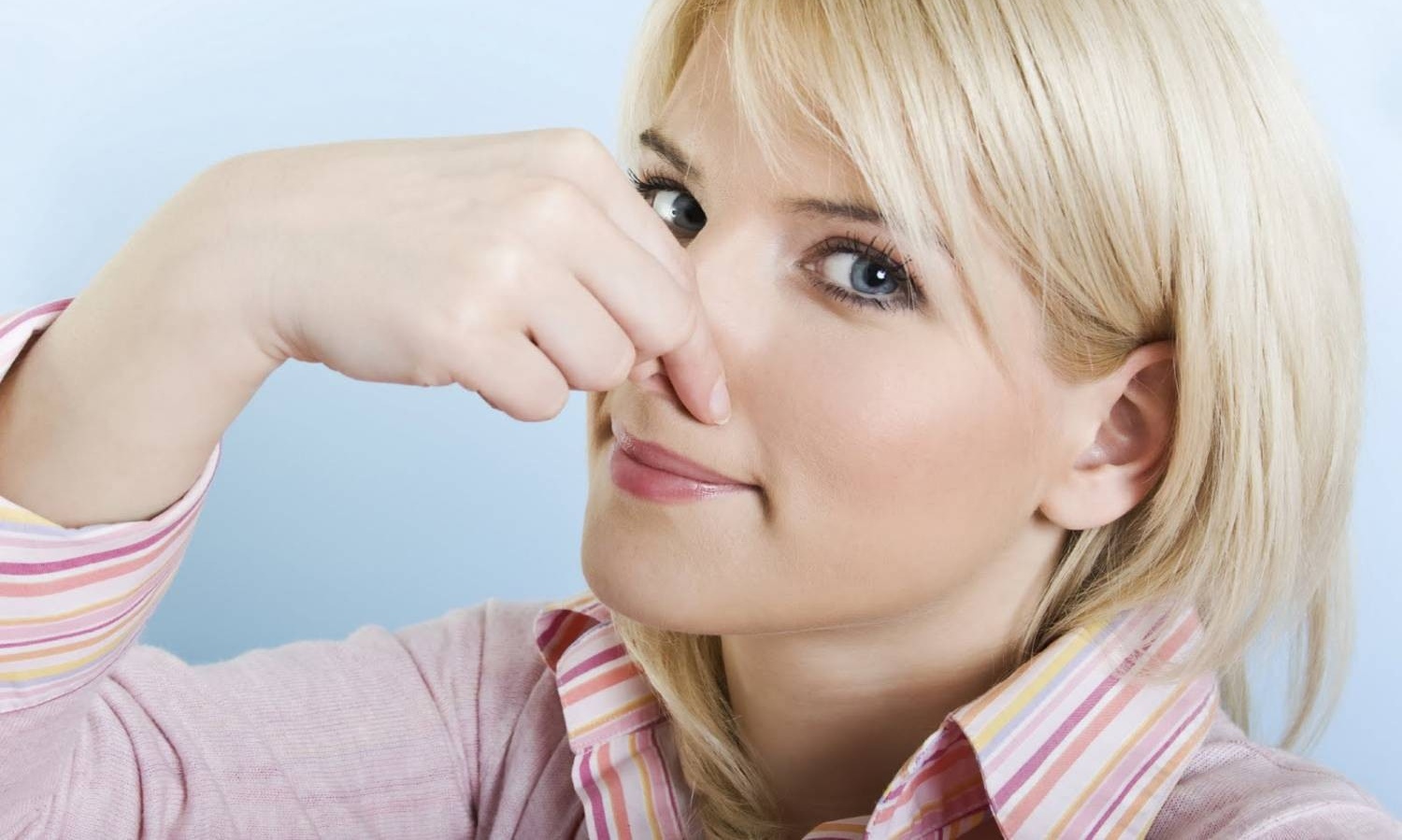How to improve draft in the chimney: where does the reverse draft come from and how to deal with it?
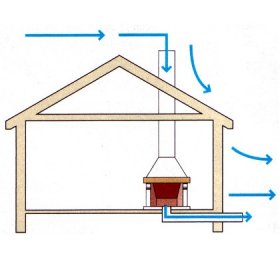
Most heating appliances cannot function properly without a properly equipped chimney. Its normal operation involves providing sufficient traction. It is formed in the flue channel due to temperature differences and the densities of smoke and air. This parameter is one of the most important, it determines the effectiveness of the equipment. Inadequate, and especially reverse draft in the chimney prevents toxic combustion products from escaping into the atmosphere. They enter the living room, which is dangerous for human health and does not comply with fire safety standards.
Reasons for reverse thrust
A draft that removes smoke from a working heater is considered sufficient if its values are in the range of 10 to 20 Pa. At lower rates, gases will flow into the room. The appearance of backdraft is due to several reasons:
- Design defect. It is most often based on an incorrectly calculated ratio between the furnace and the diameter or height of the chimney.
- Insufficient chimney height, which leads to the formation of a small difference in pressure and, consequently, insufficient draft.
- Extreme climatic conditions: fog or rain, high humidity, strong wind, high air temperature.
- A large number of narrow chimneys that trap gases inside the structure.
- The roof ridge is located above the level of the smoke exhaust channel. A certain direction of the wind in this case will give a sharp "rollover" of the thrust.
- A taller building or other structure, located near the pipe, forms the so-called zone of wind backwater, which prevents normal traction.
- Lack of supply air and difficulties with internal ventilation.
Masters suggest first of all to pay attention to these factors, since it is they who most often become the causes of the problem. Although in some cases other damage may occur. Or maybe you just need to clean the clogged flue duct.
Topic article: How to clean a chimney: an overview of the best 3 ways to clean the chimney from soot
What are some ways to increase traction?
Start work by determining the draft in the flue duct. Ideally, this can be done using a special device. The most affordable of them is an anemometer. The device allows you to measure traction, provided that the air flow is greater than 1 m / s. Most likely, he will not determine smaller values. However, it should be borne in mind that if measurements are taken during the off-season, when the temperature difference between the room and the street is minimal and the air flows are practically absent, the anemometer will give false information. For accurate measurements, highly sensitive instruments are used, with which specialists work.
You can try to evaluate cravings using folk methods. The simplest and most commonplace is visual.If smoke is visible in the room, then there is no draft. You can also analyze the color of the flame. White shades and drone indicate excessive craving, dark orange shades indicate insufficient. Golden yellow tones of flame - a sign of normal traction. Another visual method is to estimate the deviation of the flame of a burning match, smoke from a cigarette or a thin sheet of paper held up to the chimney. A pocket mirror installed in the smoke hood and facing towards the smoke channel should not fog up. Condensation on the glass - a signal about problems with smoke removal.

The candle flame deviating towards the chimney clearly indicates the presence of at least a small draft. Exact values can only be determined by a special device
If problems with smoke removal have been identified, installing various options for draft amplifiers in the chimney can help.
Method # 1 - installing a deflector
This aerodynamic device enhances thrust in the flue channel due to the deviation of air flows. In the operation of the device, the effect of a pressure drop at the time of air flow around obstacles is used. Various models of deflectors are available. They are selected according to the values of the wind load and the diameter of the chimney. Efficiency of devices increases in windy weather. In the absence of wind, they are practically useless and even worsen traction.
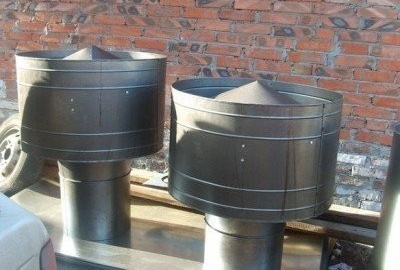
The deflector deflects air currents and thereby enhances draft in the chimney. There are many models of this device.
When choosing a device, preference should be given to options made of stainless steel. They are resistant to corrosion, high temperatures and more durable.
Method # 2 - installing the stabilizer
The device is an extension in the form of an umbrella on the chimney. From below, an open area is supposed for unhindered access of air. The special design of the chimney draft stabilizers allows full control of the level of air flow.
Under the hood of the umbrella can be installed a sensor that records the temperature of rising gases. If the draft deteriorates, the accumulated products of combustion will heat up the temperature sensor, and it will work.
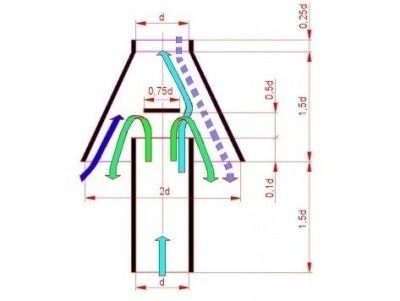
Scheme for self-production of a stabilizer (d is the diameter, from it all other details are calculated)
Method # 3 - increasing the height of the smoke channel
The easiest way to significantly increase the draft in the chimney is to add the height of the pipe. It should be guided by common sense. It is believed that the optimal size of the smoke channel is about 5-6 m from the top of the pipe to the grate. These parameters should be guided. In addition, it should be borne in mind that the inclined and horizontal sections of the chimney reduce draft, they are best avoided.
Method # 4 - using rotary turbines
The device enhances traction through the use of wind energy in a turbine mounted above the chimney tip. The turbine nozzle always rotates in one direction and creates a vacuum above the smoke channel. In addition, the design of the device protects the pipe from precipitation and the possibility of ingress of debris. The disadvantage of the device can be considered the impossibility of its functioning in calm weather. In addition, in the season when the heating is turned off, the turbine continues to work and can create increased traction.
The efficiency and safety of heating devices depends largely on the draft in the chimney. At the first sign of problems, you should check why there is no draft in the chimney or it is insufficient, and immediately eliminate the malfunctions. Penetration of carbon monoxide into the room is extremely dangerous for people living here. Repair work can be done independently or you can invite specialists who are guaranteed to restore traction and make the operation of the heater completely safe.
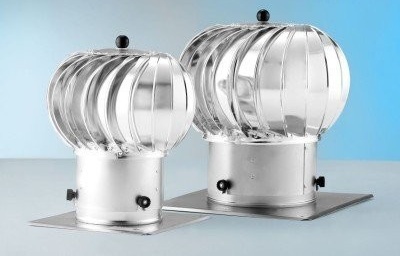
A rotating turbine nozzle creates a vacuum above the flue channel, which enhances traction. In addition, the device prevents rain and debris from entering the chimney
Video - homemade traction control
Finally, we want to offer you to watch a video that tells how to make a manual draft regulator in the form of an additional chimney link:

